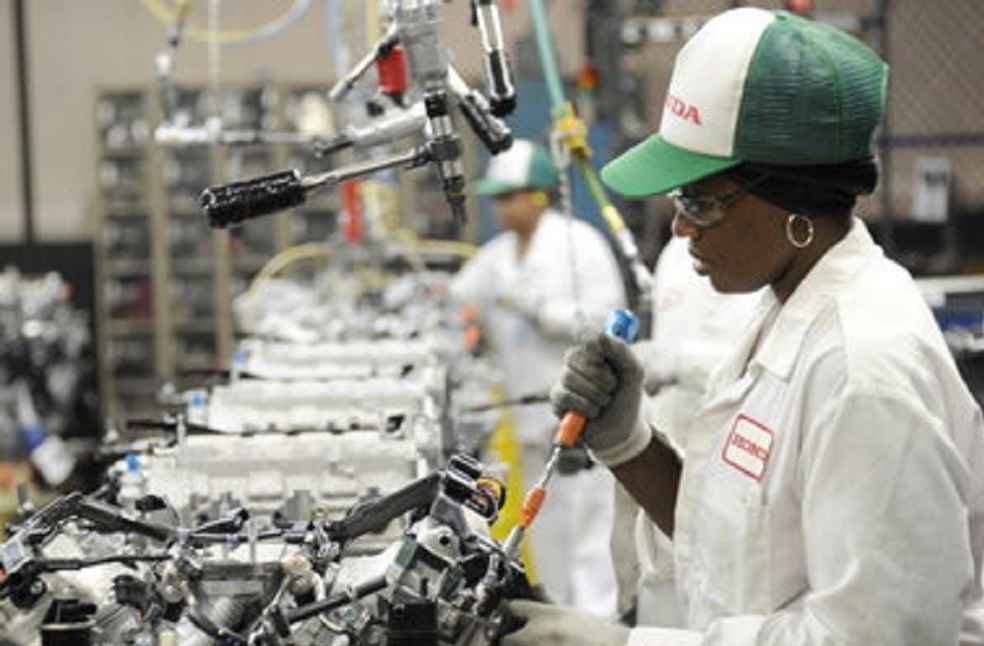Honda Motor is investing over $1 billion to transform its Ohio facilities into a cutting-edge hub for electric vehicle (EV) production. This major financial boost surpasses the initially announced $700 million investment, underscoring Honda’s commitment to advanced technology, sustainability, and a new era of automotive manufacturing.
The initiative, internally described as Honda’s ‘second founding,’ marks a major milestone for the 75-year-old automaker. At the center of this transformation is the Marysville Auto Plant, a facility that has played a pivotal role in Honda’s U.S. production for nearly 43 years. The most notable upgrade includes the installation of six high-pressure ‘giga presses,’ a technology pioneered by Tesla. These presses will streamline manufacturing by producing battery cases more efficiently, reducing the number of components, cutting costs, and enhancing overall production effectiveness.
As part of this overhaul, Honda will launch its first fully in-house produced electric vehicle, the Acura RSX crossover, at the Marysville facility. Expected to hit the market later this year, the RSX represents Honda’s strategic adaptation to the growing demand for electric SUVs. By integrating EV production alongside traditional vehicle assembly, Honda is ensuring manufacturing flexibility while accelerating its electrification plans.

Mike Fischer, Honda’s North American lead for battery-electric vehicle projects, emphasized the significance of this transformation, stating, “The Honda EV hub in Ohio is establishing the global standard for EV production for people, for technology, and for processes.” The investment is also expected to create thousands of jobs, strengthening Ohio’s status as a leader in automotive innovation and manufacturing.
Looking ahead, Honda has set ambitious targets beyond the Acura RSX. By 2026, the company aims to launch its 0 Series vehicles, featuring advanced ‘eyes-off’ autonomous driving technology, catering to the evolving needs of modern consumers. The company is integrating nearly 60 flexible manufacturing ‘cells’ to enhance efficiency, streamline production, and reduce costs, reinforcing its push toward sustainability.
A crucial component of this transition is the establishment of a $3.5 billion battery plant, reinforcing Honda’s commitment to self-sufficiency in EV production. This investment aligns with the company’s long-term sustainability goals, including achieving carbon neutrality and zero emissions by 2040. Honda’s strategy includes innovative recycling methods and the incorporation of structural aluminum for battery packs, further minimizing environmental impact.

Despite being a relatively late entrant to the EV market, Honda is positioning itself as a formidable competitor through its comprehensive investment and manufacturing overhaul. As global EV sales are projected to surpass $800 billion by 2027, Honda’s efforts place it in a strong position to capitalize on the industry’s rapid growth.
Bob Schwyn, Senior Vice President of Honda Development and Manufacturing of America, underscored the transformative nature of this initiative, stating, “We’re using the opportunity to reimagine our approach to manufacturing and create new value in the area of environmental responsibility.” Honda’s approach not only prioritizes sustainable vehicle production but also ensures a smooth transition for its workforce by upskilling employees for new roles in the evolving EV industry.
GENERAL | Ford Recalls 150,000 Broncos Due to Rear Suspension Failure Risk





